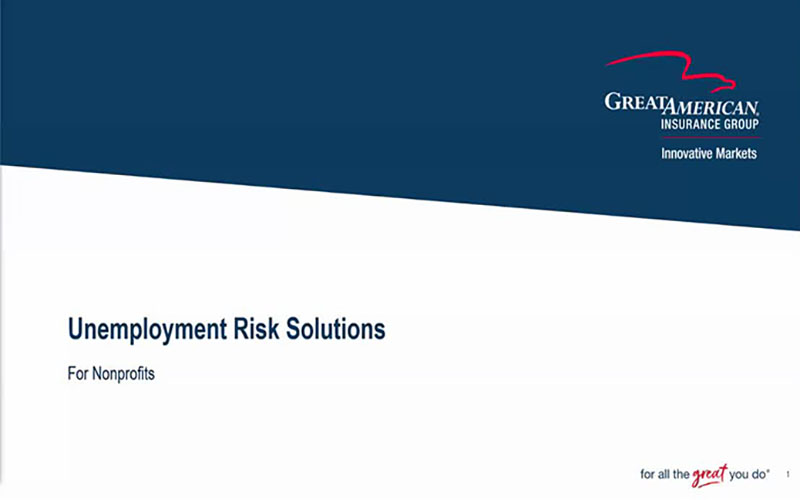Do You Understand the Concepts, Terms and Conditions in Your Insurance Contract?

By Mike Liguzinski, Divisional President, Specialty Human Services
There are terms and conditions in a policy that could leave your organization exposed if not properly understood, or even worse, penalize your settlement after a loss. One of the largest conceptual misunderstandings is mistaking market value of properties with current replacement cost valuation. You may fall prey to hefty penalties if you do not have a clear understanding of how the co-insurance provision works.
As an example, a non-profit executive acting as steward, advisor and fiduciary caretaker, has a duty to her board, community, employees, donors, and clients to make informed decisions on terms, conditions and valuations of the insurance policy. She should do her homework, making certain her organization does not become vulnerable to one set of valuations. Executives need to err on the side of caution to avoid making self-inflicted coverage mistakes. While it is not possible to prevent a natural disaster, a man-made disaster resulting from inadequate or insufficient insurance is preventable.
Industry leader William K Austin shares, “Insureds need to ensure that values for buildings and contents at any location are appropriate, reasonable and in sync with post loss settlement expectations and the insurer’s policy mandated loss settlement obligations.”8
The most effective advice is to make sure replacement cost values are kept current every year and include all buildings, all contents, and all other affiliated costs such as business income, debris removal and the like. Doing so will take all of the guesswork out of various insurance clauses and endorsements such as blanket limit, agreed amount, margin clause, co-insurance penalty (standard with most commercial carrier), inflation guard, ACV vs. replacement cost and more.
Are you ready to take control of your property insurance? Our 5 Steps to Taking Control can help you have a conversation with your agent.








.jpeg?sfvrsn=dbf923b1_1)




.jpeg?sfvrsn=c50521b1_1)
